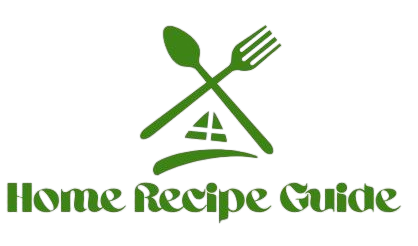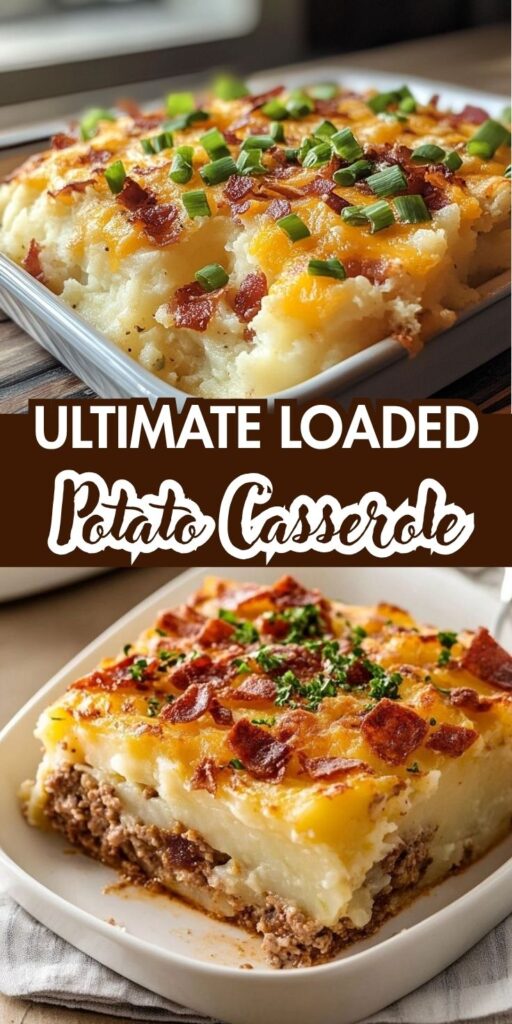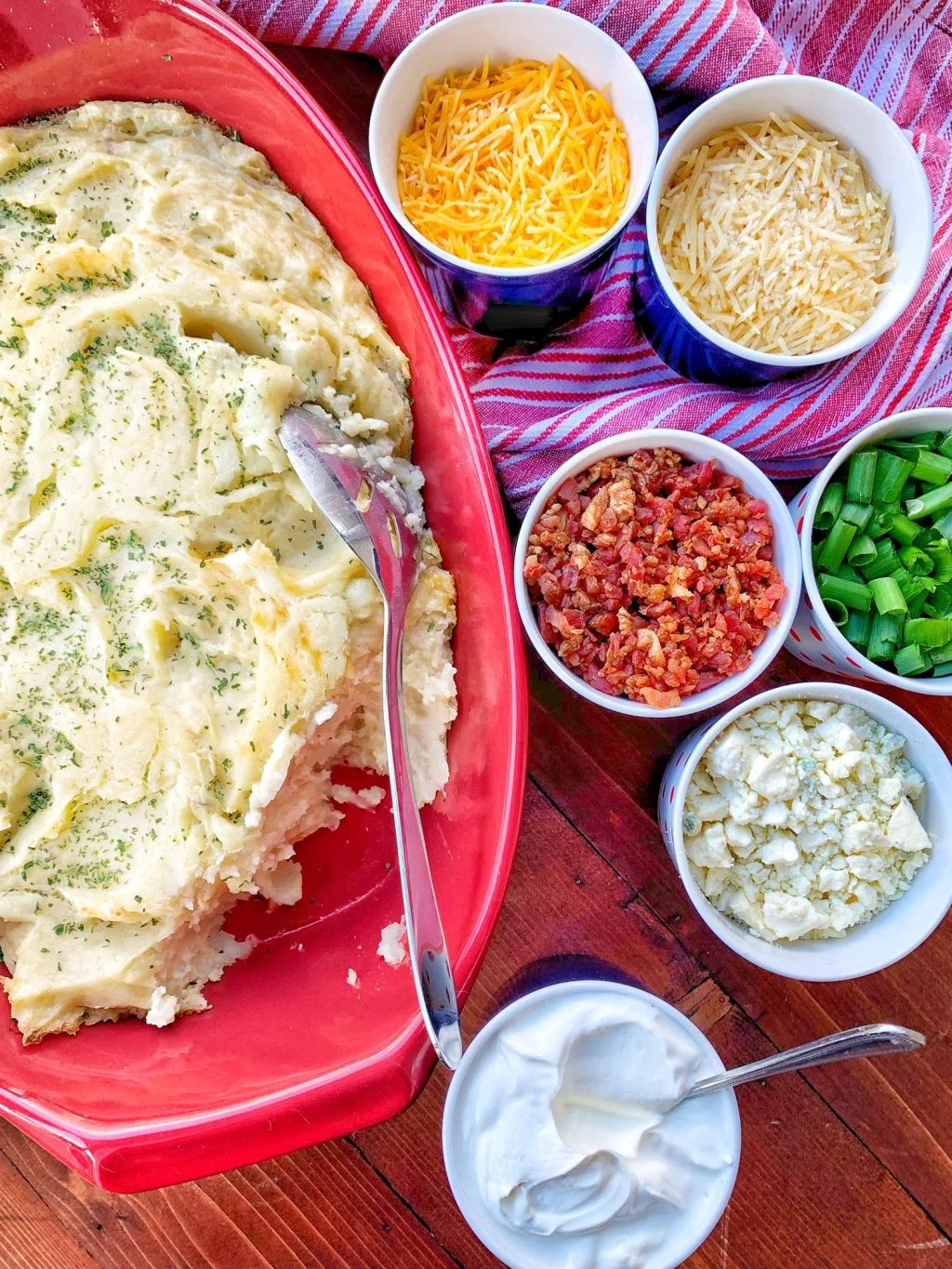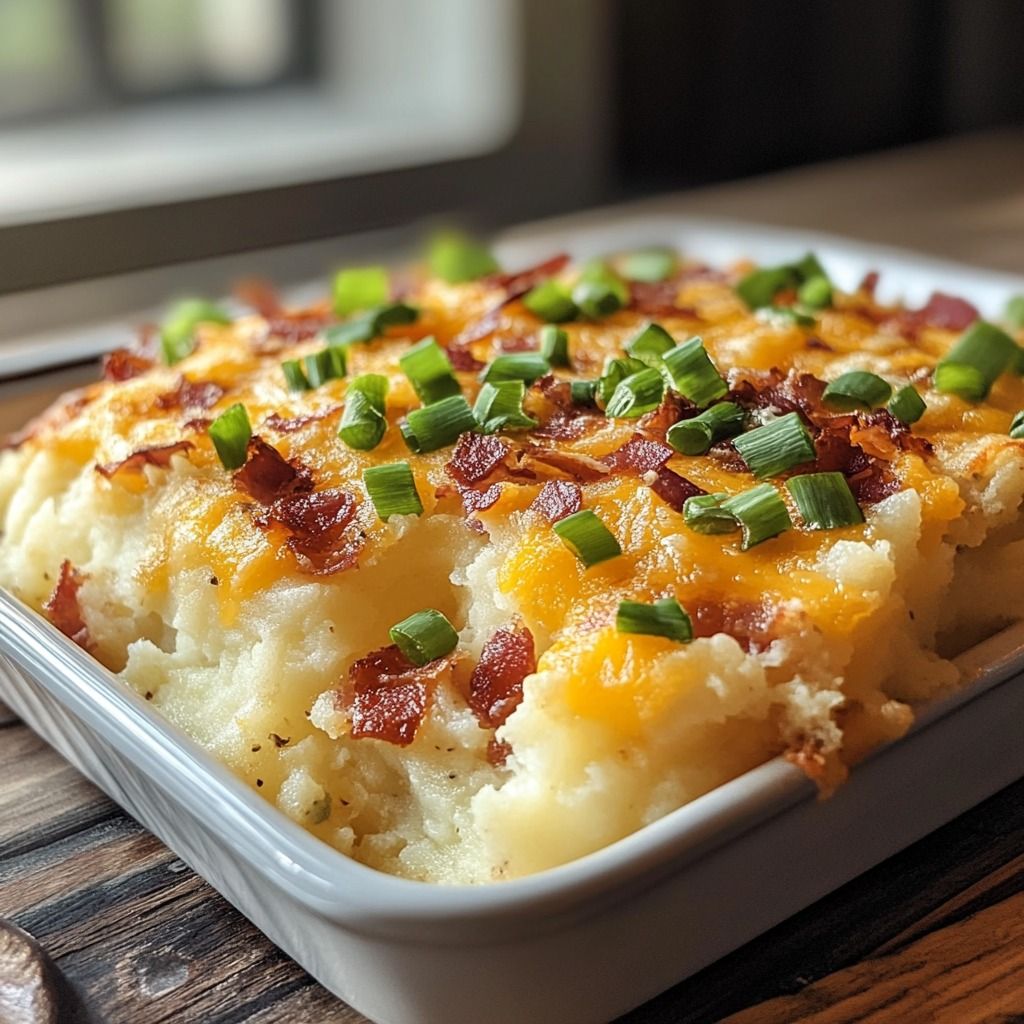Note
Loaded potato casserole is the kind of dish that wins hearts at family dinners, potlucks, and holiday gatherings. Creamy, cheesy, and packed with all the comfort food vibes, it’s essentially a baked hug on a plate. To make it truly “ultimate,” you’ll want to pay attention to the details—from potato choice to serving presentation.
1. Pick the Right Potato
Your choice of potato makes all the difference. Russet potatoes are starchy and fluffy, giving you a light, creamy texture. Yukon Golds are slightly waxy, creating a rich, buttery consistency. For the best of both worlds, try mixing half Russet and half Yukon Gold. Always peel if you want ultra-smooth casserole, but leave a few skins on for rustic charm.
Pro Tip: Cut potatoes into evenly sized chunks so they cook uniformly. Uneven pieces can leave you with undercooked bits that ruin the creaminess.
2. Layer the Flavor from the Start
Don’t just rely on cheese and bacon to do all the work—season the potatoes generously when boiling them. Add salt to the water, a garlic clove or two, and even a bay leaf for subtle depth. This infuses flavor before you even mash.
When mashing, use warm milk or cream and softened butter. Cold dairy can cause the potatoes to stiffen.
3. Cheese Strategy
A truly loaded casserole needs more than one cheese. Cheddar provides sharpness, mozzarella gives you stretch, and Monterey Jack melts beautifully. Shred your own cheese instead of buying pre-shredded—it melts better and avoids the powdery anti-caking agents.
Layering Trick: Mix cheese into the potato base and sprinkle a generous amount on top before baking. This gives you gooey pockets inside and a golden crust on top.
4. Bacon Done Right
Bacon should be cooked until crispy but not overdone—burnt bacon adds bitterness. Drain it well on paper towels to keep excess grease from making the casserole heavy. Sprinkle some inside the potato mixture and save extra for garnish right before serving.
5. Bake for Creamy Perfection
Bake the assembled casserole at 350°F (175°C) until heated through and the cheese on top is golden brown—usually 20–25 minutes. If making ahead, allow extra baking time since cold casserole takes longer to heat.
Pro Trick: Cover loosely with foil for the first half of baking to prevent over-browning, then uncover for the last 10 minutes for that irresistible golden crust.
6. Garnish for Maximum Appeal
The best loaded casseroles are dressed like the perfect baked potato. After baking, add toppings such as:
- Chopped fresh chives or green onions for color and freshness
- A dollop of sour cream for tang
- A sprinkle of extra crispy bacon for crunch
- A dusting of paprika or smoked paprika for a pop of color and subtle smokiness
7. Serving Tricks
- Individual Portions: Serve in mini ramekins or cast-iron skillets for a personal touch at dinner parties.
- Buffet-Style: Keep warm in a slow cooker on the “low” setting—just stir occasionally to prevent sticking.
- Double the Batch: Casserole freezes well—make two and save one for a rainy day. Wrap tightly and freeze before baking.
8. Making It Ahead
You can assemble the casserole up to 24 hours in advance. Store in the refrigerator, tightly covered, and bake just before serving. Add an extra 10–15 minutes to the baking time if starting from cold.
9. Flavor Variations
- Add caramelized onions for sweetness
- Swap bacon for shredded rotisserie chicken to make it a full meal
- Stir in roasted garlic for deeper flavor
- Use pepper jack cheese for a spicy kick
Seasonality
This casserole is a year-round winner, but it shines during fall and winter when warm, hearty comfort food is most appreciated. It’s also a hit at spring potlucks and summer barbecues—because let’s face it, cheese and bacon never go out of season.
Tips for Success
- Potato Choice: Russets work best for their fluffy texture, but Yukon Gold potatoes can be used for a creamier, buttery result.
- Bacon Shortcut: If you want to save time, use pre-cooked bacon crumbles. However, freshly cooked bacon adds superior flavor and crispness.
- Make Ahead: You can prepare the casserole up to the baking step a day in advance. Cover and refrigerate, then bake for 30–35 minutes when ready to serve (adding 10 extra minutes for reheating).
- Extra Indulgence: Stir in a handful of crispy fried onions before baking for extra crunch.
- Healthier Twist: Swap sour cream for Greek yogurt and use turkey bacon for a lighter version.
Serving Suggestions
- As a Side: Pair with grilled steak, roasted chicken, pork chops, or baked salmon.
- As a Main: Serve with a fresh green salad or roasted vegetables for a satisfying vegetarian dinner.
- At Holidays: This dish fits perfectly alongside Thanksgiving turkey or Christmas ham.
Storage & Reheating
- Fridge: Store leftovers in an airtight container for up to 4 days.
- Freezer: Wrap tightly in foil and freeze for up to 2 months. Thaw overnight in the fridge before reheating.
- Reheat: Warm in the oven at 350°F until heated through, or microwave individual portions.
Final Thought:
The Ultimate Loaded Potato Casserole is more than just a side—it’s an edible hug. Creamy, cheesy, smoky, and bursting with flavor, it captures everything people love about classic loaded potatoes but in an easy-to-serve casserole form.
Serve your Ultimate Loaded Potato Casserole alongside a crisp green salad to balance the richness, or pair it with grilled meats for a hearty meal.
With the right tips and a little extra care in seasoning, texture, and presentation, this dish will not just fill plates—it’ll fill memories.
Whether you’re cooking for family, friends, or a crowd, this dish will always earn you compliments (and requests for the recipe).


 Start by peeling your russet potatoes. While you can leave the skin on for a rustic texture, peeling ensures a smoother casserole. Cut the potatoes into even chunks—about 1½-inch cubes—so they cook evenly.
Start by peeling your russet potatoes. While you can leave the skin on for a rustic texture, peeling ensures a smoother casserole. Cut the potatoes into even chunks—about 1½-inch cubes—so they cook evenly. Remove from the oven and sprinkle the remaining bacon and green onions over the top for a fresh, vibrant finish. Serve hot and watch it disappear quickly.
Remove from the oven and sprinkle the remaining bacon and green onions over the top for a fresh, vibrant finish. Serve hot and watch it disappear quickly.

